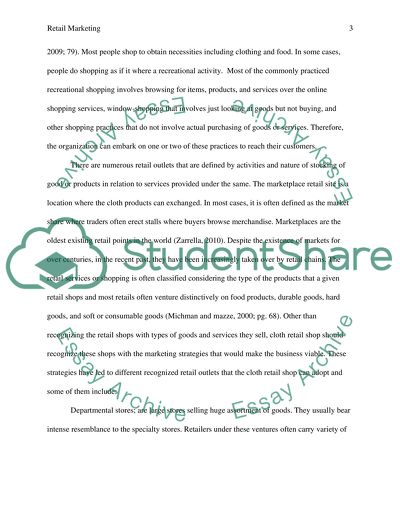Cite this document
(“Retail Marketing Essay Example | Topics and Well Written Essays - 3500 words”, n.d.)
Retrieved from https://studentshare.org/marketing/1403631-retail-marketing
Retrieved from https://studentshare.org/marketing/1403631-retail-marketing
(Retail Marketing Essay Example | Topics and Well Written Essays - 3500 Words)
https://studentshare.org/marketing/1403631-retail-marketing.
https://studentshare.org/marketing/1403631-retail-marketing.
“Retail Marketing Essay Example | Topics and Well Written Essays - 3500 Words”, n.d. https://studentshare.org/marketing/1403631-retail-marketing.


